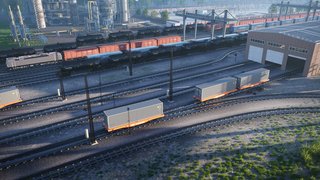Passive magnetic levitation technology developed by Nevomo seen as a potential key to rapidly improving Europe’s long-distance transport network
14.03.2024In a new report, “Elevating rail in Europe: technology upgrades for greener transport,” global management consultancy Oliver Wyman has identified advanced rail technologies – such as passive magnetic levitation (maglev) – as critical to moving forward on the goal of achieving a high-performing, carbon-neutral pan-European long-distance transport network.
Advanced technologies capable of being integrated with existing rail infrastructure and equipment could be a faster and less costly way to achieve European green transport goals than adding new infrastructure – as well as a stepping stone to yet more advanced systems, like hyperloop.
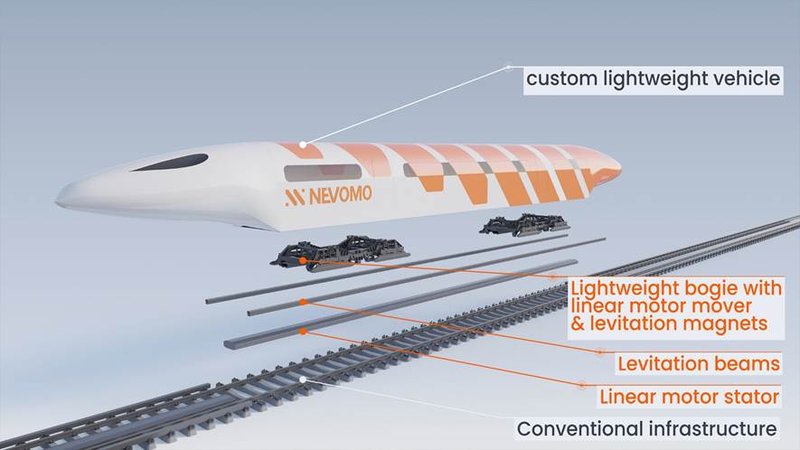
Nevomo’s advanced MagRail technology uses passive maglev based on linear propulsion, which allows rail vehicles to levitate on existing rail infrastructure at speeds of up to 550 km/h. Nevomo is a pan-European deep-tech company that is developing the hyperloop-inspired next generation of high-speed rail. Successful testing of MagRail was completed in September 2023 and Nevomo is exploring potential uses for MagRail in conjunction with major European rail and port industry players.
According to the objectives of the European Green Deal, CO2 emissions must be reduced by 55% by 2050; this would include a reduction of more than 70% of emissions in the transport sector. Although rail is seen as a driver of greener transport, there are currently significant physical constraints to infrastructure, resulting in capacity problems on important routes.
Current annual CO2 emissions by mode of transport in Europe compared to potential emission reductions tied to phased technology changes
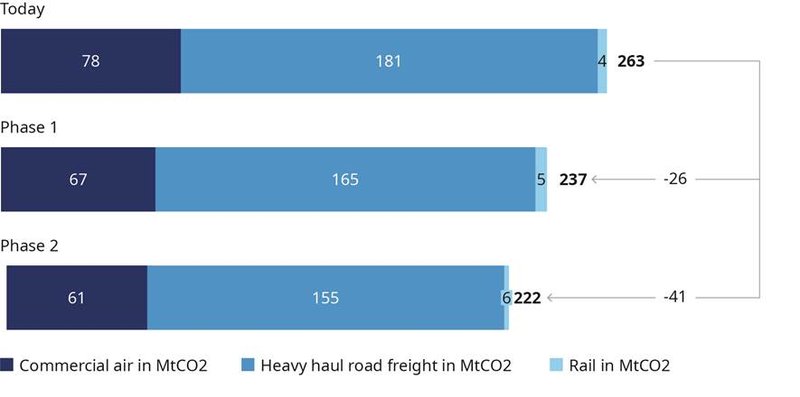
Note: Overall demand will grow in the future but is assumed static in this study for better comparison.
Source: Statista, Oliver Wyman Analysis
MagRail technology has been developed to increase rail network capacity and enhance the capability of existing railway lines, as well as to improve the efficiency of the rail transportation system. MagRail can enable electric vehicles to operate in non-electrified areas, such as terminals and ports. The MagRail system can be integrated into existing rail systems. As a result, the traditional rail transportation system can gain better freight dynamics, higher loading limits, greater flexibility, and the ability to run trains automatically without the need to build new lines, without catenary, and without human error.
‘We are very pleased that a globally renowned management consulting company such as Oliver Wyman has recognized the potential for advanced technologies accelerate the transformation of European long-distance rail transport and make it more efficient and carbon-neutral. After the European Commission confirmed hyperloop as one of the technologies to be supported and promoted as next-generation innovations, we are very excited about the potential of our industry and the role Nevomo will play in shaping it,’ said Stefan Kirch, Chief Commercial Officer & Co-Founder, Nevomo.
MagRail allows gradual improvements to existing networks and is a major technological breakthrough allowing railways to significantly increase their market share and reduce CO2 emissions in transport. The deployment of MagRail technology within existing rail infrastructure allows for cost effective upgrading, enabling rail to become the preferred green, fast, efficient, and interoperable mode of transport for the 21st century.
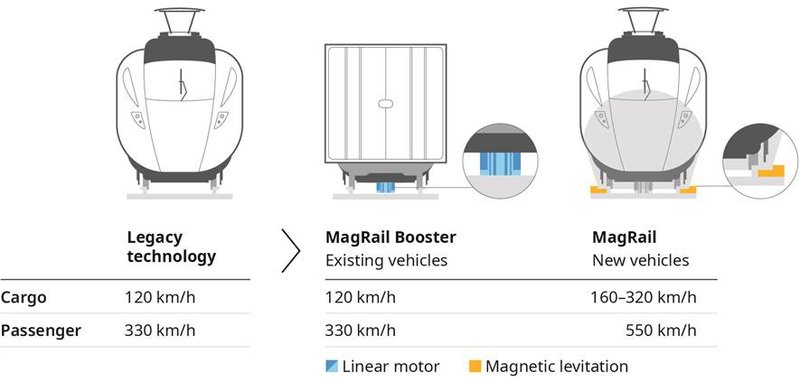
‘Rail in Europe is crucial for the European Green Deal, but capacity is a challenge. Building new lines takes time and land is limited. Faster acceleration and higher train speeds are needed to enhance capacity. Technologies that can be applied to existing rail infrastructure, like passive maglev, would allow for medium-term effects and cost control while leveraging current infrastructure. It is worth investigating for the railway industry and infrastructure operators,’ said Joris D'Incà, Partner at Oliver Wyman
Oliver Wyman’s report also draw attention to the cost side: “Upgrading the north-south corridor with passive maglev, for example, would require investment of approximately €20 billion in total. This includes €3 billion to €5 billion to retrofit passenger trains and about 25% of freight wagons that run on the corridor, and €13-€17 billion for infrastructure upgrades. By comparison, investing in new conventional high-speed rail infrastructure on the north-south corridor to achieve about the same capacity increase would cost approximately €60 billion.”
A full Oliver Wyman’s report “Elevating rail in Europe: technology upgrades for greener transport" can be found at the website Revolutionizing Rail In Europe With Magnetic Levitation Tech
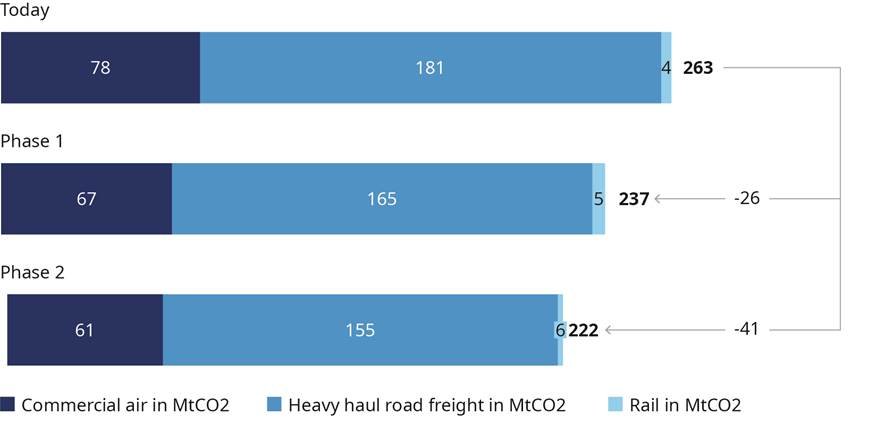 go back
go back
More articles
Institute of Hyperloop Technology selects Nevomo's MagRail technology for its “CargoTube” high-speed freight demonstrator
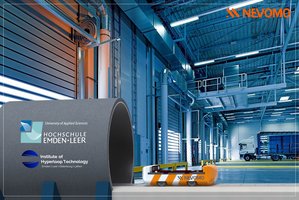
Nevomo engage PJ Motion and TÜV Rheinland to homologate and assess MagRail Booster: the world’s first retrofit solution for autonomous movement of rolling stock
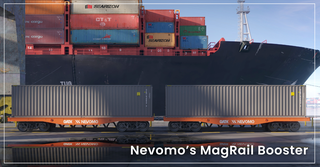
Nevomo unveils MagRail Booster at TRAKO International Railway Fair
